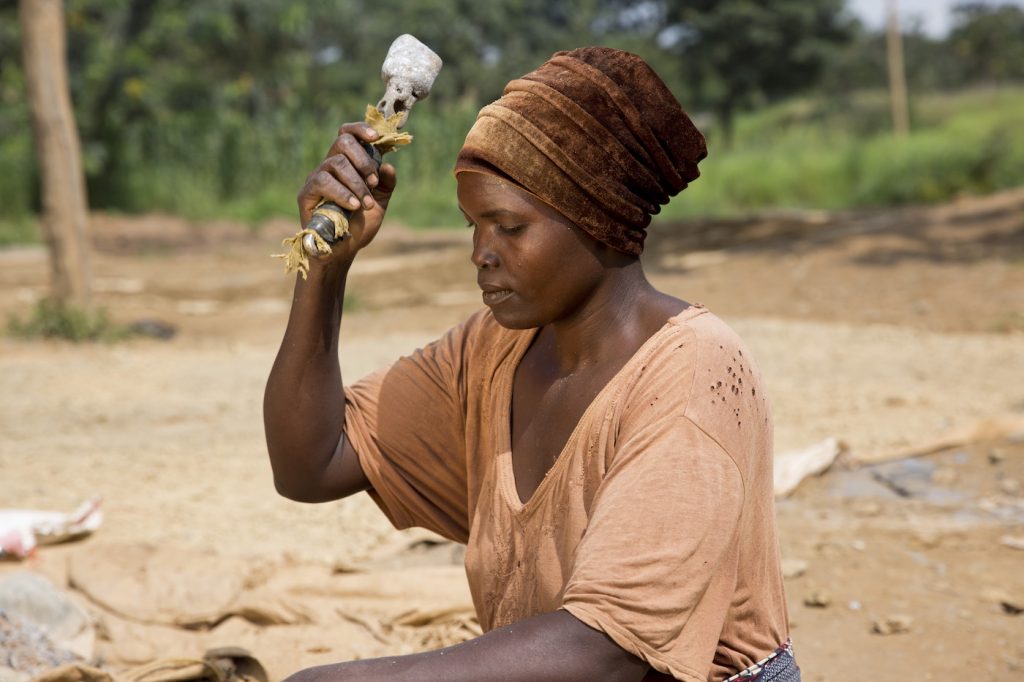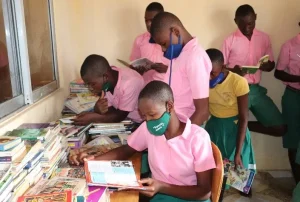
PHOTO: COURTESY, Solidaridad Network
Kenya is emerging as a key player in Africa’s complex and often opaque gold supply chain. While the country produces relatively small quantities of gold through artisanal and small-scale mining (ASM), its location and infrastructure have made it a strategic transit route for gold sourced from across the region. Recent findings suggest that significant volumes of gold may be passing through Kenya’s borders unrecorded, raising concerns about regulatory oversight and the country’s vulnerability to illicit financial flows.
A May 2024 report by SWISSAID reveals that more than 435 tonnes of gold, valued at approximately USD 30.7 billion, were smuggled out of Africa in 2022 alone. Much of this gold, primarily produced through ASM, is never declared at the point of production or export, but is nonetheless recorded as legal imports in major gold trading hubs such as the United Arab Emirates (UAE), Switzerland, and India.
Kenya’s Position in the Gold Trade
Although Kenya is not among Africa’s top gold producers, its central position in East Africa, proximity to gold-rich neighbors, and access to international air routes have positioned it as a transit country for gold originating from elsewhere. Trade data and reporting by SWISSAID suggest that gold from artisanal mining operations in the Democratic Republic of Congo (DRC), South Sudan, and Sudan may be entering Kenya through informal or poorly monitored cross-border channels before being exported internationally.
Kenya’s main airport, Jomo Kenyatta International Airport (JKIA), plays a crucial role in the movement of high-value goods, including gold. While gold exports officially require documentation and permits, investigators and civil society organizations have raised concerns about the possibility of forged or incomplete paperwork, mislabeling, and weak enforcement of customs controls.
The extent of the discrepancy between Kenya’s declared gold exports and corresponding import data from destination countries further highlights the scale of the problem.
Discrepancies in Trade Data
Such discrepancies are not isolated to Kenya. SWISSAID’s research relies on mirror data analysis, comparing export records from African countries with import records from their trading partners. In many instances, the quantities of gold recorded as imports by countries such as the UAE and Switzerland far exceed the declared exports from African nations.
Between 2012 and 2022, an estimated 2,569 tonnes of African gold entered the UAE without corresponding export declarations. The estimated value of this gold, at average market prices, is more than USD 115 billion.
Regional Impact and Policy Implications
In many African countries, ASM gold supports the livelihoods of millions of people, yet its informal nature excludes miners from legal protections and economic benefits. Moreover, gold mined in conflict-affected regions can serve as a funding source for non-state armed actors, thereby contributing to instability.
Government Response and Legislative Gaps
Kenya’s Ministry of Mining has proposed several reforms, including the creation of a Mining Police Unit to address illegal extraction and trafficking. There have also been efforts to review licensing procedures for small-scale miners and introduce digital tracking of exports.
However, critical legislation, notably the Gold Processing and Trade Bill, remains stalled in Parliament. Kenya is also not a member of the Extractive Industries Transparency Initiative (EITI), limiting public access to vital production and export data.
Recommendations for Reform
According to the SWISSAID report, effective solutions will require a coordinated and multi-layered approach. First, African governments should take steps to formally integrate artisanal and small-scale miners into the formal economy. This includes providing licenses, technical support, environmental education, and access to finance. Doing so would help improve working conditions, increase state revenue collection, and reduce the incentive to engage in unregulated trade.
Second, governments must strengthen data transparency. Reliable and timely statistics on gold production and trade should be made publicly available and subjected to independent audits. For Kenya, this would involve improving customs controls and developing mechanisms to track gold flows from source to export.
Third, there is a need to adopt due diligence frameworks, such as those provided by the Organisation for Economic Co-operation and Development (OECD). These require actors in the gold supply chain to assess sourcing risks, particularly in conflict-prone regions, and to document and disclose their findings.
Finally, regional and international collaboration is crucial. Kenya and its neighbors should work with destination countries, particularly the UAE, to harmonize customs reporting, close trade loopholes, and investigate suspicious gold shipments. Joining global transparency initiatives, such as EITI, would also enhance Kenya’s credibility in the international mining and trade community.
Conclusion
Kenya’s role in the African gold trade is evolving. While the country seeks to strengthen its standing as a regional economic hub, the evidence suggests that it is also becoming a crucial transit point for undocumented gold. This poses challenges not only to national governance and revenue collection but also to regional peace and development.
As global attention focuses on supply chain accountability, Kenya’s choices in the coming years will determine whether it becomes a model for transparent, sustainable mining or remains a conduit for billions of dollars in untracked precious metals.


